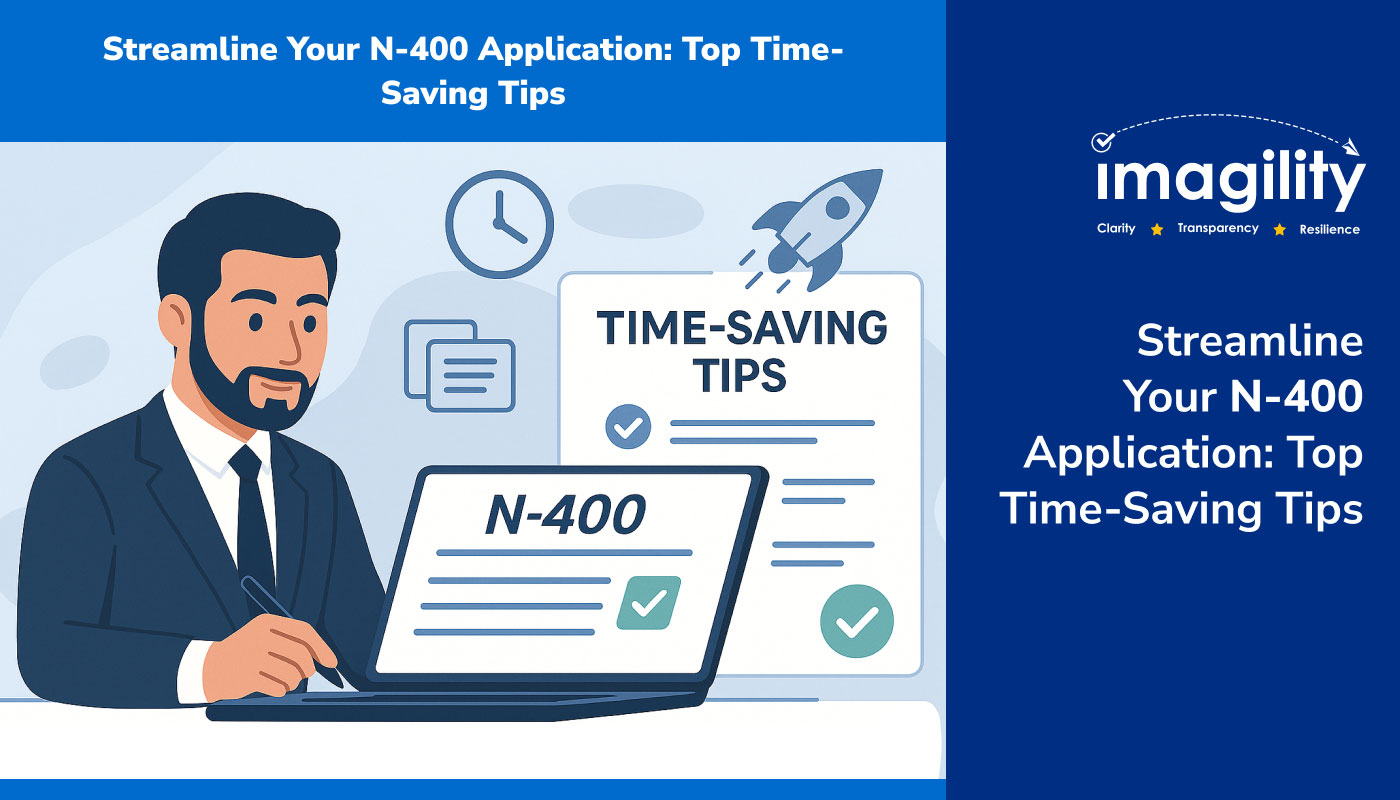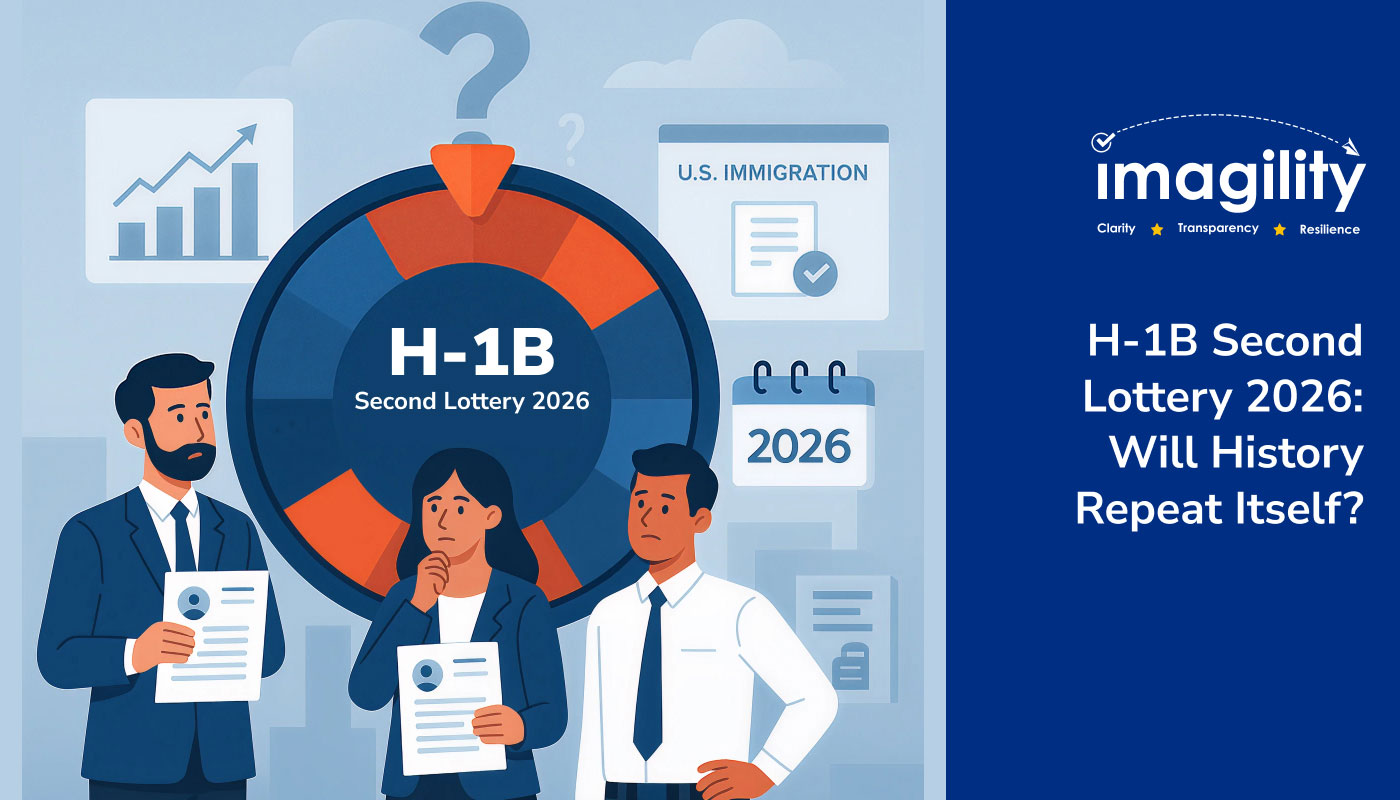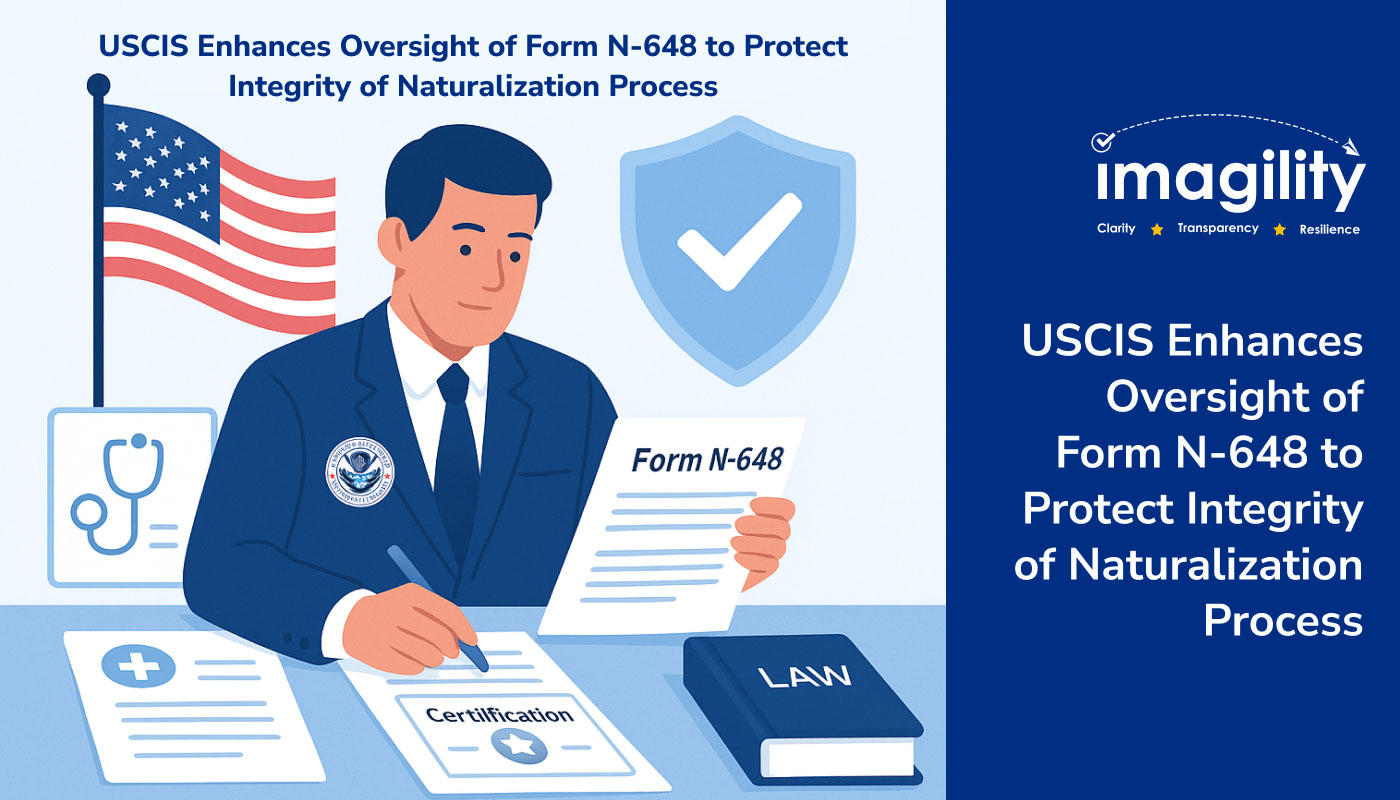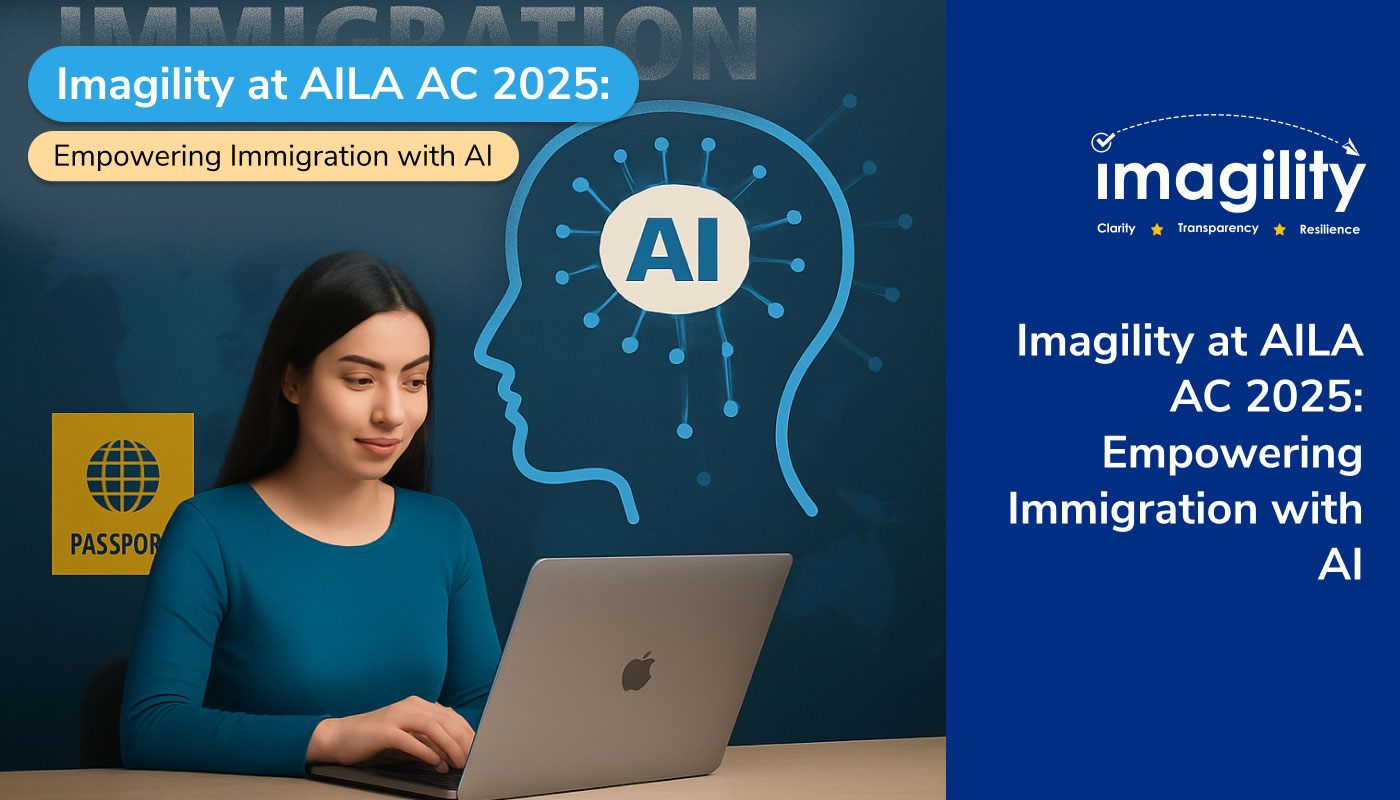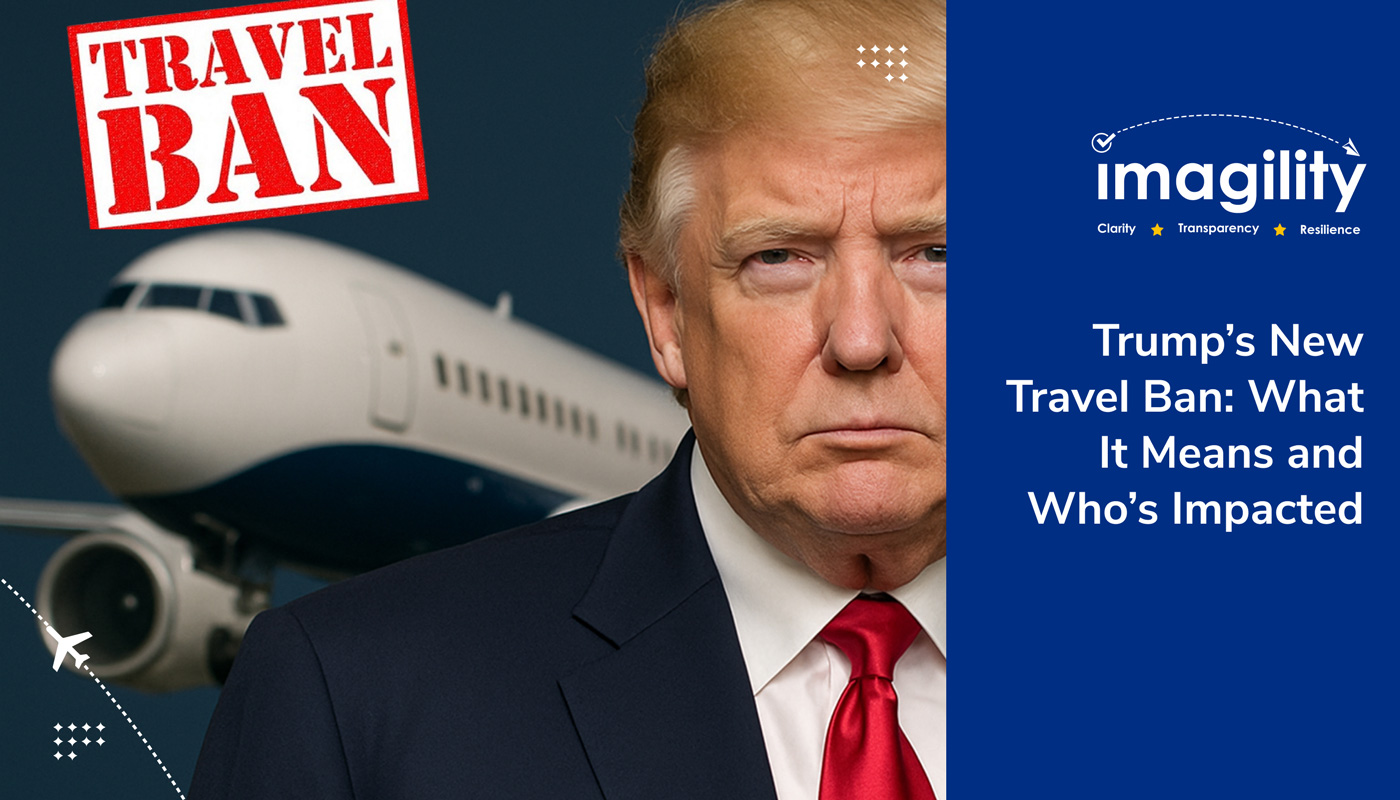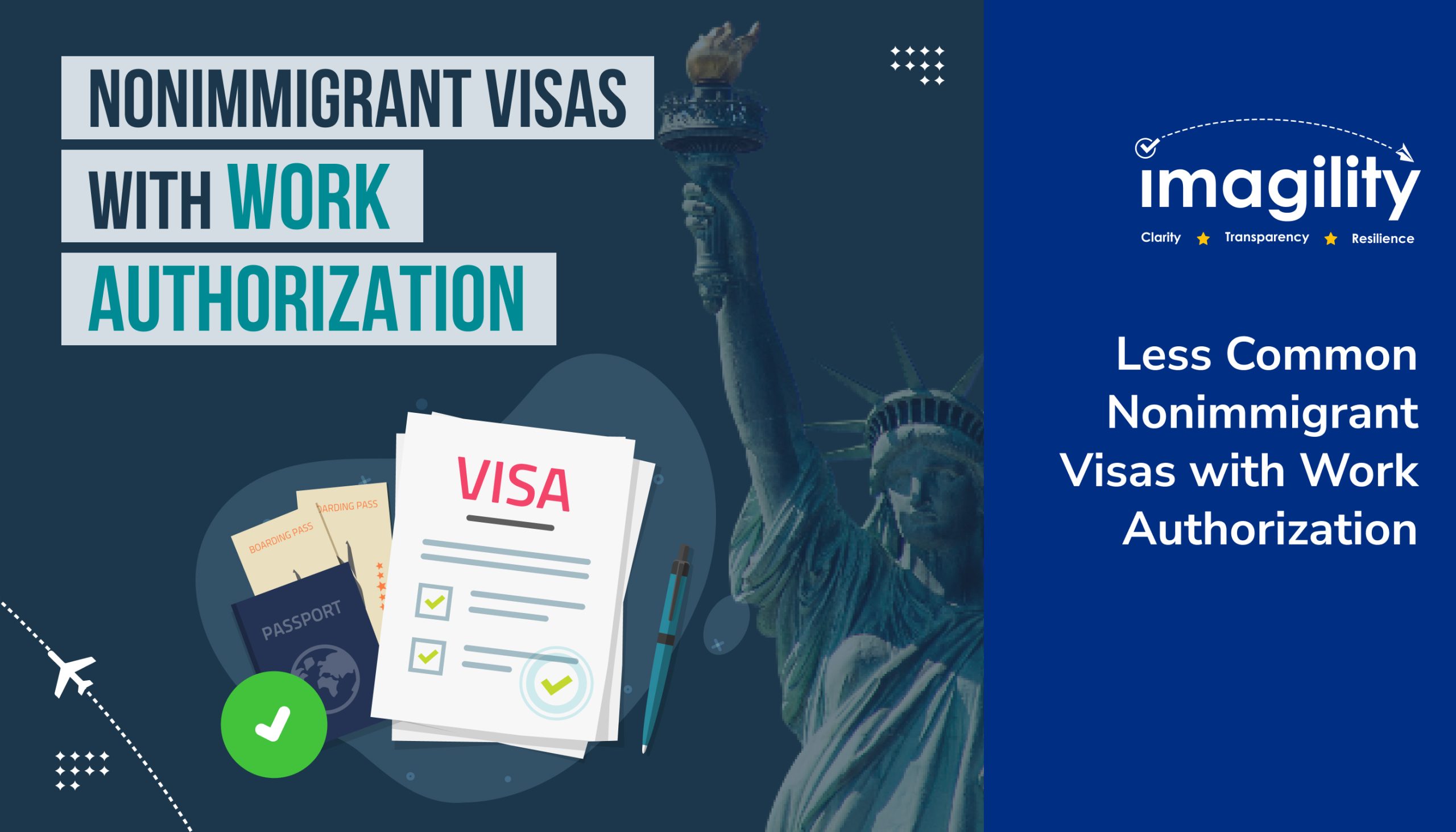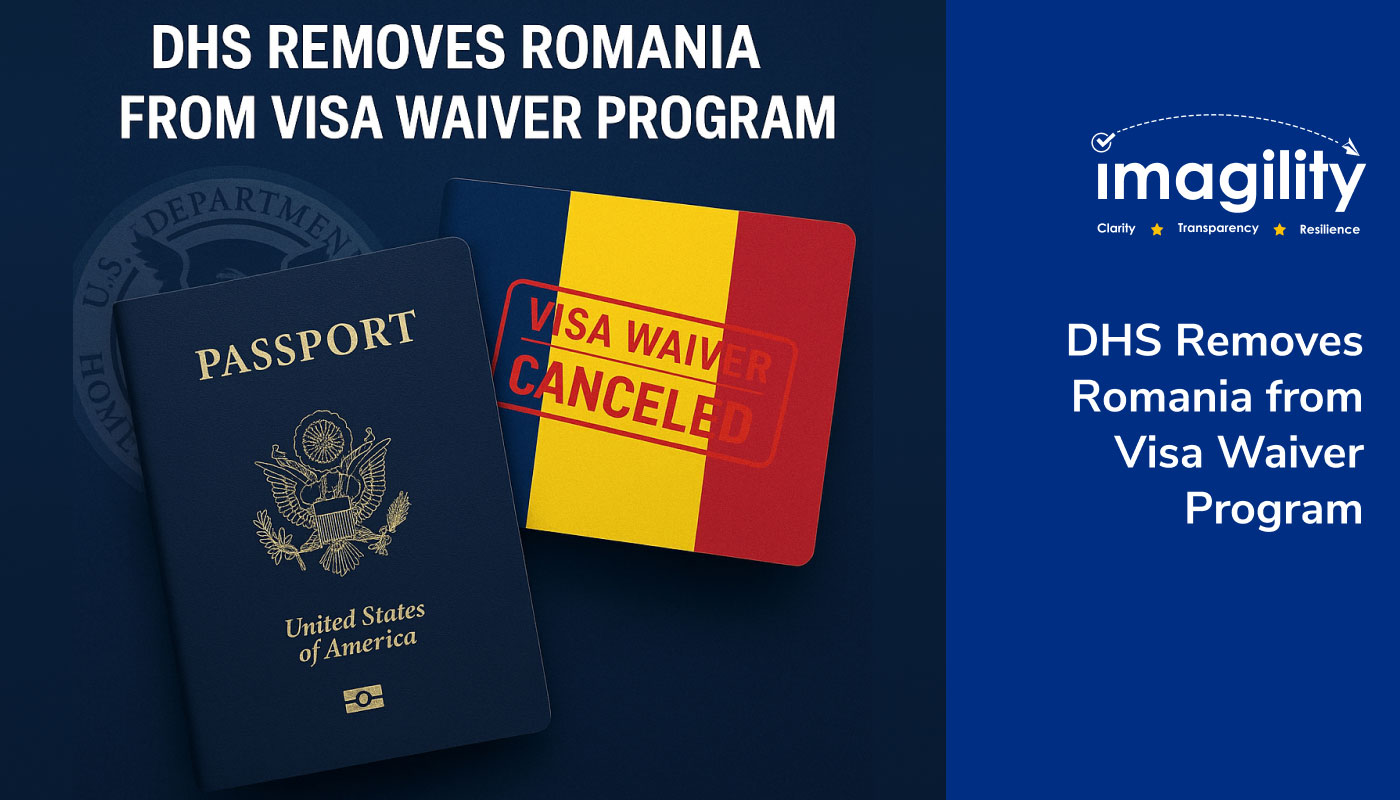Table of Contents
What is an L1 Visa?
What is an H1B Visa?.
Key features of the H1B visa include
Eligibility for H1B Visa Conversion
Application Process
Key Considerations
Conclusion
Navigating the complex landscape of US immigration can be a daunting task, especially when transitioning between different visa categories. For individuals holding an L1 visa, the prospect of converting to an H1B visa opens up new opportunities for long-term employment and career advancement in the United States.
In this blog, we’ll explore the process of converting from an L1 to an H1B visa, including eligibility requirements, application procedures, and key considerations for a successful transition.
But before we dive into the L1 to H1B conversion process, it’s essential to understand L1 and H1B visas.
What is an L1 Visa?
The L1 visa is a non-immigrant visa category in the United States that allows multinational companies to transfer employees from their foreign offices to their offices in the U.S. It is designed to facilitate intra-company transfers and is divided into two subcategories:
- L1A Visa
This category is for managers or executives being transferred to a U.S. office. Managers are individuals who primarily supervise and control the work of other professional employees or manage an essential function within the organization. Executives are individuals who primarily direct the management of the organization or a major component or function of the organization.
- L1B Visa
This category is for employees with specialized knowledge being transferred to a U.S. office. Specialized knowledge refers to knowledge of the company’s products, services, research, equipment, techniques, management, or other interests and its application in international markets or an advanced level of knowledge or expertise in the organization’s processes and procedures.
What is an H1B Visa?
The H1B visa is a non-immigrant visa category in the United States that allows U.S. employers to temporarily employ foreign workers in specialty occupations that require theoretical or technical expertise. It is one of the most commonly used visas for skilled workers and is typically valid for an initial period of three years, with the possibility of extension for up to six years in total.
Key features of the H1B visa include
- Specialty Occupation
The H1B visa is designed for positions that require specialized knowledge and a bachelor’s degree or higher in a specific field. Examples of specialty occupations include IT professionals, engineers, scientists, teachers, healthcare workers, and financial analysts.
- Employer Sponsorship
To obtain an H1B visa, foreign workers must have a job offer from a U.S. employer who is willing to sponsor their visa application. The employer must file a petition with the U.S. Citizenship and Immigration Services (USCIS) on behalf of the foreign worker and demonstrate that the position meets the criteria for a specialty occupation.
- Prevailing Wage Requirement
Employers sponsoring H1B visa holders must agree to pay them the prevailing wage for the occupation and geographic location as determined by the Department of Labor (DOL). This is intended to ensure that foreign workers are not hired at lower wages than their U.S. counterparts.
- Cap-Subject Visa
The H1B visa program is subject to an annual cap, with a limited number of visas available each fiscal year. As a result, the demand for H1B visas often exceeds the available supply, leading to a competitive selection process known as the H1B visa lottery.
- Dual Intent
Unlike some other non-immigrant visa categories, the H1B visa allows for dual intent, meaning that visa holders can pursue permanent residency (green card) while maintaining their H1B status.
Eligibility for H1B Visa Conversion
To convert from an L1 to an H1B visa, individuals must meet certain eligibility criteria:
- Specialty Occupation
The prospective job must qualify as a specialty occupation, meaning it requires specialized knowledge and a bachelor’s degree or higher in a specific field.
- Educational Qualifications
The applicant must possess the required educational credentials or equivalent work experience relevant to the specialty occupation.
- Employer Sponsorship
An eligible US employer must sponsor the individual for the H1B visa and file a petition on their behalf with the United States Citizenship and Immigration Services (USCIS).
- Prevailing Wage Requirement
The employer must agree to pay the prevailing wage for the specific occupation and geographic location as determined by the Department of Labor (DOL).
Application Process
The process of converting from an L1 to an H1B visa involves several steps:
- Employer Sponsorship
The US employer sponsoring the applicant for the H1B visa must file a Form I-129 (Petition for Nonimmigrant Worker) with the USCIS. This petition should include supporting documentation such as job offer letters, educational qualifications, and evidence of the applicant’s eligibility for the specialty occupation.
- H1B Cap Considerations
It’s important to note that H1B visas are subject to an annual cap, with a limited number of visas available each fiscal year. Applicants may be subject to the cap unless exempt based on certain criteria, such as employment with a cap-exempt employer or extension of stay petitions.
- USCIS Processing
Once the H1B petition is filed, USCIS will review the application and adjudicate the petition based on the merits of the case. Processing times can vary depending on factors such as USCIS workload and the complexity of the case.
- Change of Status or Consular Processing
If the H1B petition is approved, individuals currently in the US may either apply for a change of status to H1B or exit the country and obtain an H1B visa through consular processing at a US embassy or consulate abroad.
Key Considerations
As individuals navigate the L1 to H1B visa conversion process, several key aspects should be considered to maximize the chances of L1 to H1B visa conversion.
- Timing
It’s essential to plan ahead and initiate the conversion process well in advance of visa expiration dates or other critical deadlines.
- Legal Compliance
Both employers and applicants must ensure strict compliance with all applicable immigration laws, regulations, and filing requirements throughout the conversion process.
- Dependents
If applicable, individuals should consider the implications of the visa conversion on accompanying dependents, such as spouses and children, and explore options for their visa status accordingly.
- Consultation with Immigration Professionals
Given the complexities of the immigration process, individuals may benefit from consulting with experienced immigration attorneys who can provide guidance, address concerns, and facilitate a smooth transition to the H1B visa status.
Conclusion
Converting from an L1 to an H1B visa opens up new avenues for foreign workers seeking long-term careers in the United States. By understanding the eligibility requirements, application procedures, and key considerations involved in the L1 to H1B visa conversion process, individuals can navigate the complexities of US immigration with confidence and seize the opportunities that lie ahead.
You can also utilize our AI-enabled immigration software to create accurate petitions in a few hours. The software also lets you analyze built petitions to recommend powerful suggestions to maximize the chances of visa approvals.
If you’re considering L1 to H1B conversion or seeking guidance on the process, contact us at sales@imagility.co. We will provide invaluable insights and assistance throughout the application process, ensuring a smoother and more successful visa journey.
Good Luck!





